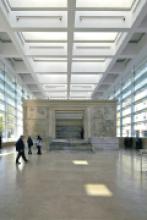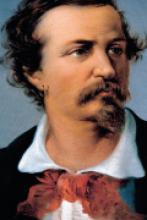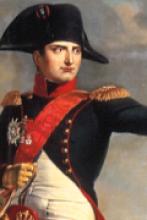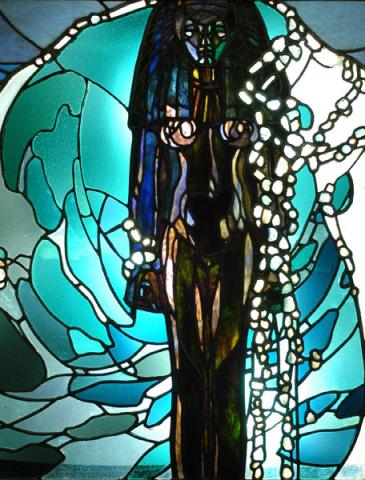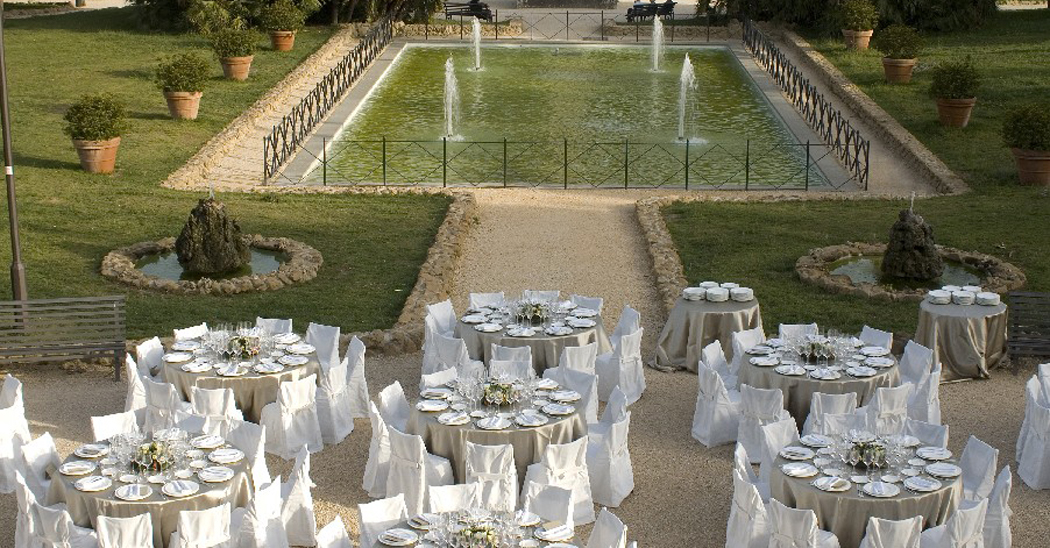Presentation
After a series of restoration works carried out by Roma Capitale, the Department of Culture, the Sovrintendenza Capitolina Villa Torlonia, with its history and undisputed charm, was returned to citizens and tourists, who can now visit the nineteenth-century Casino Nobile, home to the Museo della Villa and the collection of works of the Scuola Romana, the Casino dei Principi, home to temporary exhibitions and the Archive of the Scuola Romana, the Museum of the Casina delle Civette, theSerra Moresca complex and the park, in its different types and historical settings.

The Casino Nobile, the main building of Villa Torlonia, the work of Giuseppe Valadier in the early nineteenth century and then Giovan Battista Caretti between 1832 and 1840, was intended as a ‘Casino di rappresentanza’ and a ‘Casino delle feste’ for the Torlonia family.
The current arrangement, after decades of abandonment, has returned the structure to its mid-nineteenth century guise, with a profusion of decorative elements by the best known artists of the time such as Antonio Canova, Bertel Thorvaldsen, Francesco Podesti, Francesco Coghetti, Luigi Fioroni.
Around the ballroom, the majestic hub of the building, characterised by two "orchestras" to host musicians during the Torlonia festivities, there are rooms in neo-Gothic, neo-Renaissance and neoclassical style but also, on the upper floor, an Egyptian room. It is a unique example of richness and sumptuousness, which documents the artistic culture of the time heavily influenced by the new archaeological discoveries of the Middle East.
The rooms on the ground floor and first floor, completely covered with decorations, house a small part of the magnificent Torlonia collection of sculptures (still almost entirely privately owned) that includes ancient and neoclassical works, including three splendid stucco reliefs by Antonio Canova, found in 1997 in the basement of the Theatre. The sculptures exhibited in the various rooms have been found in various places of the Villa, restored and set up inside the Casino Nobile.
Sculptures and furnishings were placed in the rooms to recreate the environment of a nineteenth-century Roman princely residence. The furnishings (consoles, benches, mirrors, chandeliers and nineteenth-century tables), have replaced the original ones which were unfortunately lost, with the sole exception of the bedroom furniture of Giovanni Torlonia, then used by Mussolini, found in a warehouse of the Provveditorato dello Stato (local State authority) and loaned to the Sovrintendenza Capitolina
In the basement, the gas shelter and the anti-aircraft bunker built by Mussolini during World War II were restored and opened to the public with a multimedia display. In conjunction with the restoration work, a fake Etruscan Tomb was also discovered, a splendid hypogeal room completely frescoed in imitation of the Etruscan style, but currently closed to the public due to conservation issues.
Two rooms on the ground floor are dedicated to historical documentation; in one room there are three films documenting the history of the Villa from the time of Mussolini's residence, its opening to the public with Mayor Giulio Carlo Argan and the complex phases of its restoration; in the other room all the transformations of the villa and the history of the Torlonia family are reconstructed with photographic and educational panels.
The second floor of the building without decorative apparatus houses the Museo della Scuola Romana, a valuable collection of works by artists of the ‘Scuola Romana’, the movement that established itself in Rome between the two wars, bringing together prominent personalities such as Mafai, Antonietta Raphaël, Antonio Donghi, Cagli, Leoncillo, Trombadori, Francalancia, Mirko Basaldella, Fazzini, Ferrazzi, Pirandello, Cavalli, Capogrossi, Vespignani and others.
About 150 works (paintings, sculptures, drawings) are on display, which comprehensively document the artistic environment of those decades.
The Casino dei Principi, a neo-fifteenth-century building restored since 2002, houses the Archive of the Scuola Romana, on the ground floor and the CRDAV - Visual Arts Documentation Research Centre while the two noble floors are intended for temporary exhibitions connected and/or related to the themes of the Scuola Romana.
The exceptional documentation of the Paper Archive of the Scuola Romana, which testifies to the activity of the movement of the same name, includes letters, manuscripts, diaries, largely unpublished, books, catalogues, magazines and photographs. All materials have been properly catalogued and can be consulted by the public.
The Visual Arts Research and Documentation Centre (CRDAV) was established by the Municipality of Rome in 1979 thanks to a substantial donation by the art critic Francesco Vincitorio.
The priority purpose of the Centre is the collection and listing of catalogues, monographs, minor material (invitations, press releases, brochures) periodicals, videos, photographic material on Roman exhibition activity in public and private venues.
The Casina delle Civette, designed in 1840 by the famous architect G. Jappelli and then transformed by the architect V. Fasolo in 1917-20. In 1997 it was the site of an interesting and unique museum dedicated to artistic stained glass.
The stained glass windows, made between 1910 and 1925 by the great Roman craftsman Cesare Picchiarini based on drawings by Duilio Cambellotti, Umberto Bottazzi and Paolo Paschetto, offer a vast sampling that allows us to understand the success and evolution of the art of stained glass in Rome in those years. The original collection of the Casina was enriched with additional stained glass by the same authors and also with drawings, sketches and preparatory cartoons often in relation to the stained glass commissioned by the prince.
No house has such a vast and complete collection of stained glass windows, documenting the history and fortune of this technique in the first decades of this century.
The variety of materials that furnish the rooms of the Casina offers the visitor a path of great interest, to the continuous discovery of unusual and evocative details, in a continuous dialogue between the eclectic decorative elements of the building and the works that are exhibited there.





